Description
Genus: Phylloporus
Species: leucomycelinus
- Species 2: rhodoxanthus var. albomycelinus
Common Name: “Gilled Bolete”
Tells: Has gills instead of pores, which DNS. White mycelium. Dark red to reddish- or chestnut brown cap cracks & fissures w/age.
Other Information: In addition to the different colored mycelium, some sources suggest that Phy. rhodoxanthus has brighter yellow baby gills & duller old man gills than Phy. leucomycelinus. Beyond that they are very hard to tell apart.
Edibility: Good.
CHEMICAL TESTS:
- NH4OH (Ammonia): Cap skin turns blue.
- KOH: No data.
- FeSO4 (Iron Salts): No data.
Links:
 |
672 |  |
150 |  |
221 |  |
284-
287 |

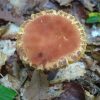
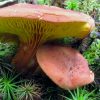
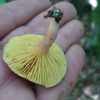




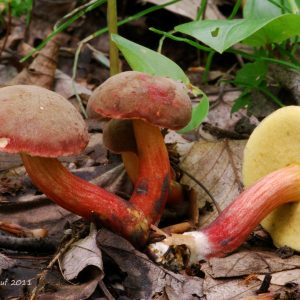
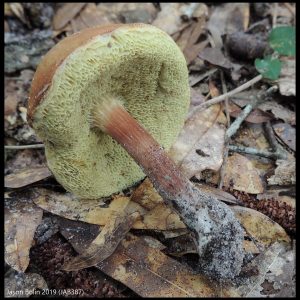
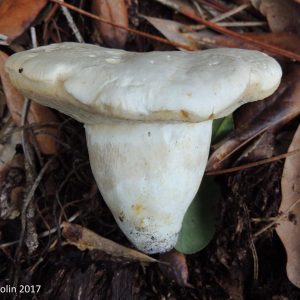
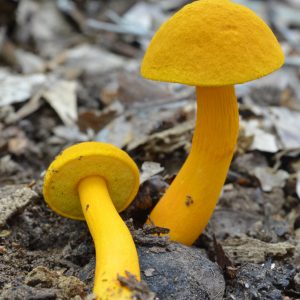
Got something to discuss?
So… if it has gills, what would even make you consider it being a bolete? I’m a bare beginner, but I thought boletes always had pores.
The overall shape and heft are compelling. Nowadays we can add DNA evidence.